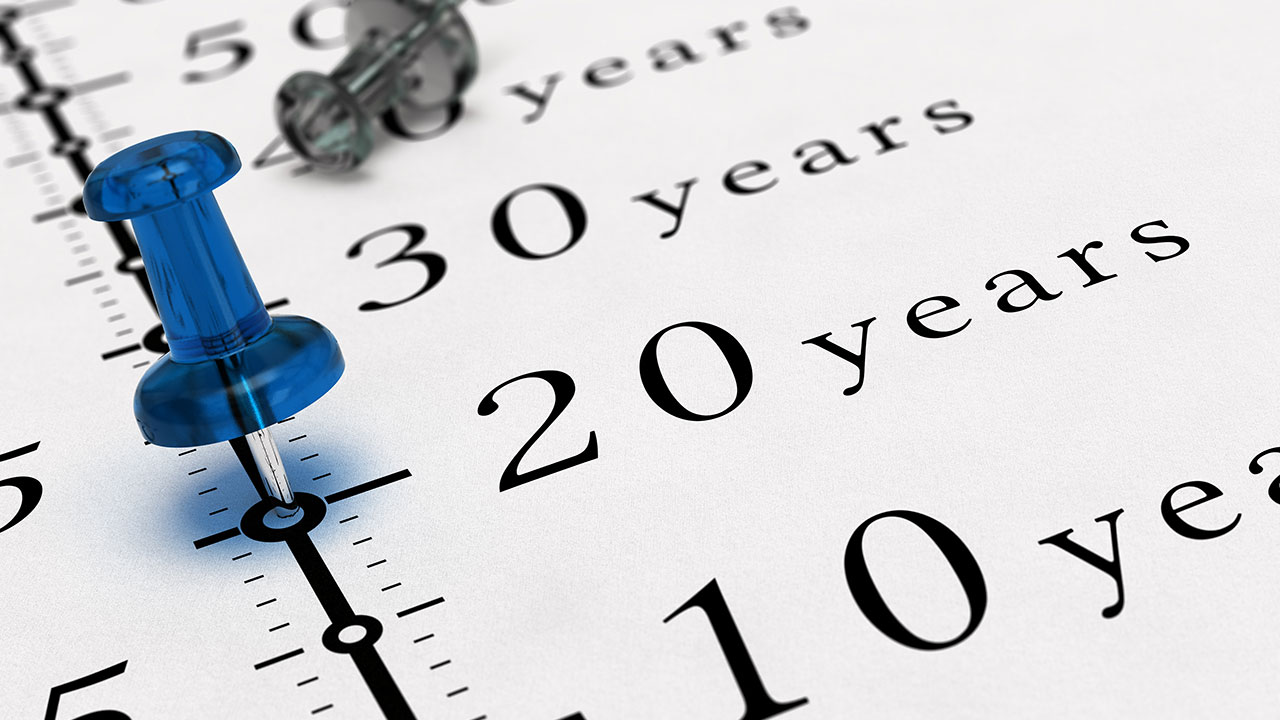Calculating Depreciation on Your Investment Property

Real estate has long been one of the most concrete and profitable investment vehicles, and can certainly be a solid financial move when done right. The rent collected each month can provide a regular stream of income while building equity and reaping the rewards of appreciation in the property. If the numbers are crunched properly before making a purchase, the rent collected can cover all expenses related to the investment property, with money left over to reinvest in other properties or to simply cash in on.
There are plenty of tax benefits that come along with an investment property, namely the deductions that can be made. Rental expenses can be deducted from the rental income that is earned, which effectively lowers the amount of money you need to pay Uncle Sam every year. The majority of expenses are deducted in the year that money is spent.
Depreciation, on the other hand, works a little differently. Instead of taking one big deduction in the year the property was bought or renovated, deductions are spread out over the useful life of the property. Depreciation involves deducting the costs of purchasing and/or improving a rental property. There are very detailed and specific regulations in regards to depreciation as far as the IRS is concerned, so it’s important to understand how depreciation works and how it is calculated.
What is Classified as a “Useful Life”?
Expenses and tax deductions relating to the purchase or improvement of a rental property are distributed over many years that span the property’s “useful life.” But exactly how many years does this mean? At the end of the day, the IRS will determine what that number is and will vary by expense item. For instance, the IRS may have determined that the useful life of a specific property is 20 years, but a new air conditioning unit that has been recently purchased for it may only have useful life of about 10 years.
How Depreciation is Calculated
Every year you can write off expenses where the cost is a one-year expense, like landscaping, painting, roof repair, and so forth. But things can get a little confusing when you’re talking about the types of improvements that have a useful life that is longer than one year, such as adding a bathroom or renovating the kitchen. Since these costs have a useful life that goes beyond one year, you need to “capitalize” and depreciate these costs.
As such, the entire cost of the improvement will need to be divided by its useful life. The answer you come up with is what you will be able to deduct per year. For example, if you spent $8,000 to add a bathroom with a 20-year useful life, you can write off $400 every year ($8,000 ÷ 20 years).
Determining Your Basis in the Property
Of course, the largest capital asset of a property is the actual purchase price. You can depreciate the cost of the actual structure when you buy it and own it for longer than one year, but not the cost of the land that the building sits on. These calculations are a little more complex than depreciating improvements made to the property.
The purchase price of the property needs divided between the land and the structure itself, and only the building can be depreciated because the land component of the purchase price isn’t actually being used up.
Let’s say the purchase price of a rental property you bought is $300,000 and is valued at $295,000 according to the tax assessment office. Of that $295,000, the land value is worth $100,000 and the building value estimate is $195,000.
The basis of the property is the building value plus the land value. With these numbers in mind, you’ll be able to determine your basis in the property, or the amount that you can depreciate.
Using the example above, you would be able to allocate approximately 66% of the purchase price to the building (building value ÷ entire property value, or $195,000 ÷ $295,000), and the remaining 34% (land value ÷ entire property value, or $100,000 ÷ $295,000) of the purchase price to the land. The amount you can depreciate every year would therefore be 66% of the $300,000 purchase price, or $198,000.
The Bottom Line
The calculations and methods used in the above examples are rather straightforward and meant for illustration purposes. But the truth is, the calculations can be a lot more complicated than that, especially when you factor in any potential adjusted basis, for instance. Increases or decreases to the basis may happen for specific events that occur between the time you purchase the rental property and the time it’s ready to be rented out.
Since rental property tax laws are complex and tend to change from time to time, you’d be well advised to have a tax accountant who is experienced with investment property tax deductions handle your taxes to make sure you’re taking advantage of the current tax laws and are getting the most savings possible.